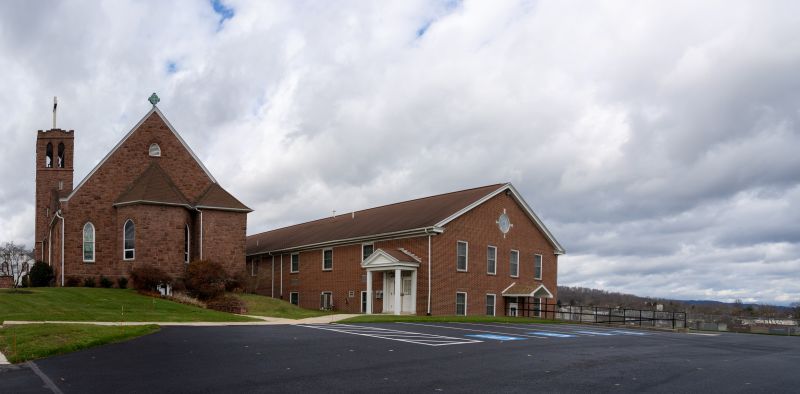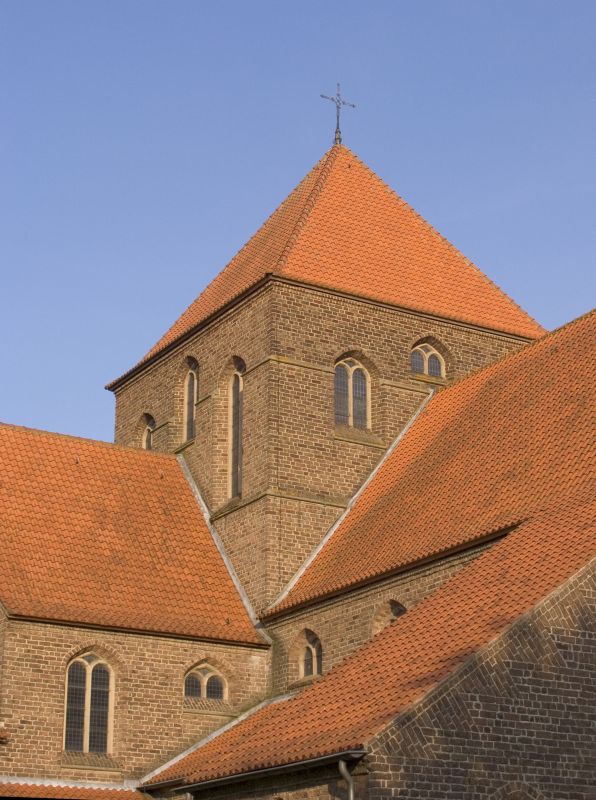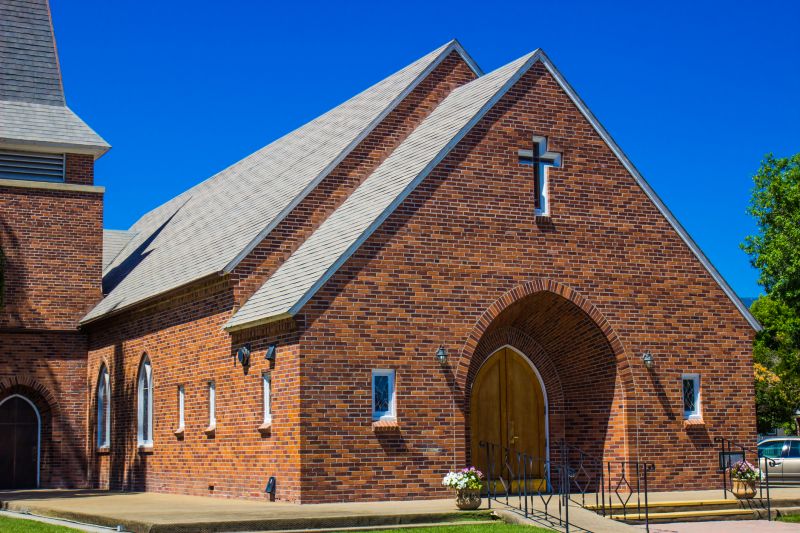Optimal Timing for Church Roof Repairs

Ways to make Church Roof Repairs work in tight or awkward layouts.

Popular materials for Church Roof Repairs and why they hold up over time.

Simple add-ons that improve Church Roof Repairs without blowing the budget.

High-end options that actually feel worth it for Church Roof Repairs.

Finishes and colors that play nicely with Church Roof Repairs.

Little measurements that prevent headaches on Church Roof Repairs day.
Church roof repairs are essential for maintaining the integrity and safety of religious structures. The timing of repairs can impact both the longevity of the roof and the safety of the building's occupants. Proper scheduling ensures that repairs are effective and minimizes disruption to church activities.
Weather conditions play a significant role in determining the best time for roof repairs. Dry, mild weather prevents delays and ensures quality workmanship. Typically, late spring through early fall offers optimal conditions, avoiding harsh winter weather and heavy rain that can hinder repair work.
Late spring, summer, and early fall are ideal for roof repairs due to favorable weather conditions.
Avoid repairs during winter or periods of heavy rain to prevent delays and ensure safety.
Extreme temperatures can affect roofing materials and adhesive effectiveness, influencing timing decisions.
Planning repairs during moderate weather windows reduces risks and improves outcomes.

A 60-second routine that keeps Church Roof Repairs looking new.

A frequent mistake in Church Roof Repairs and how to dodge it.

Small tweaks to make Church Roof Repairs safer and easier to use.

Lower-waste or water-saving choices for Church Roof Repairs.
| Season | Ideal Conditions |
|---|---|
| Spring | Dry, mild weather, moderate temperatures |
| Summer | Warm, dry days, minimal rain |
| Fall | Cool, dry weather, stable temperatures |
| Winter | Cold, wet, and snowy conditions to avoid |
| Late Fall/Early Spring | Unpredictable weather, generally less suitable |
